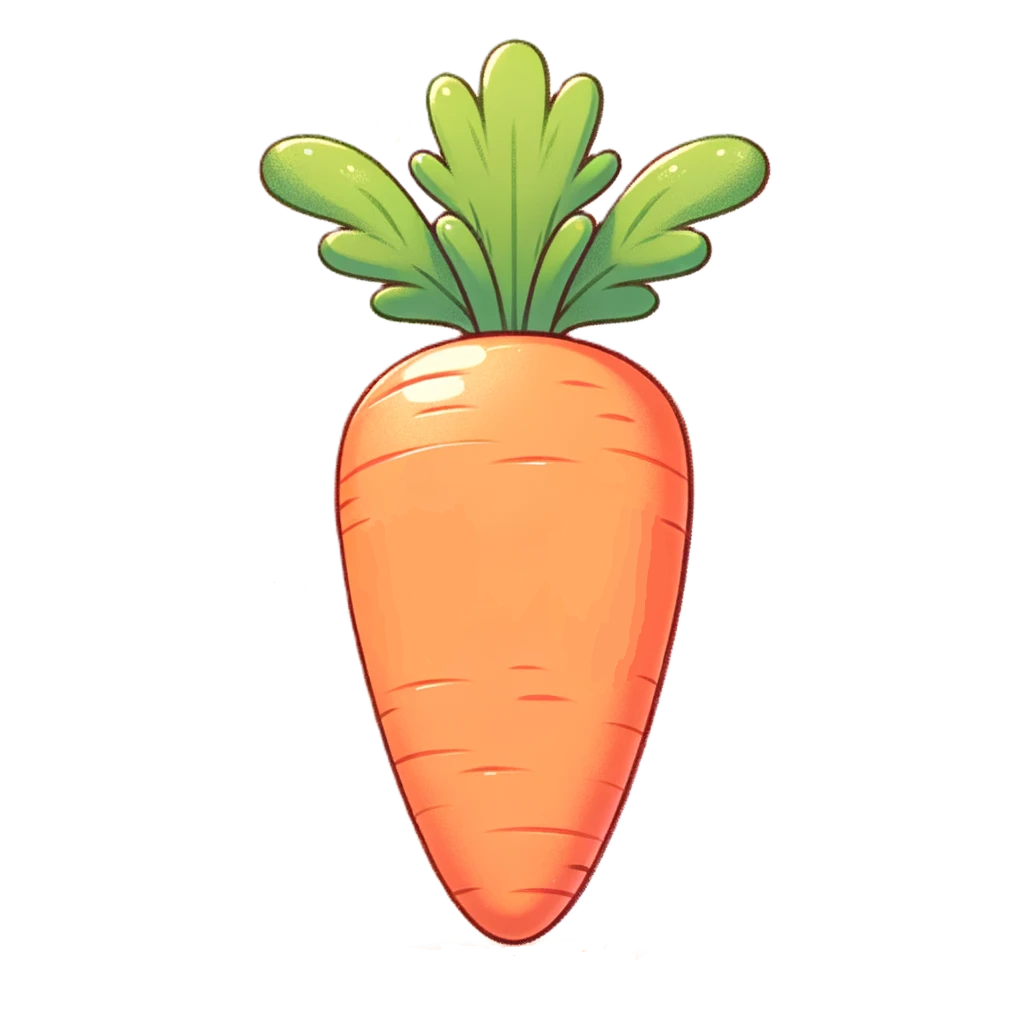
Velveteen Lop: The Velveteen Rabbit
Facts at a glance!
Weight: 5.5 to 7 pounds
Unrecognized breed (so far!)
Available Colors: Basically all of them!
- Agouti: Chinchilla (Black, Blue, Chocolate, Lilac, Sable, and Smoke Pearl), Chestnut Agouti (Black and Chocolate), Lynx, and Opal
- Broken: Broken and Tricolor (Black/Orange, Blue/Fawn, Chocolate/Orange, and Lilac/Fawn)
- Self: Black, Blue, Chocolate, Lilac, Ruby-Eyed White, and Blue-Eyed White
- Shaded: Frosted Pearl (Black, Blue, Chocolate, and Lilac), Sable, Sable Point, Seal, Smoke Pearl, Tortoise (Black, Blue, Chocolate, and Lilac)
- Ticked: Silver Fox (Black, Blue, Brown, and Fawn), Steel (Black, Blue, Chocolate, Lilac, Sable, and Smoke Pearl with Gold or Silver Ticking)
- Wide Band: Cream, Fawn, Orange, and Red
Introduction
With its adorable floppy ears, velvety fur, and gentle disposition, the Velveteen Lop has captured the hearts of rabbit enthusiasts worldwide! Boasting the fur of a Mini Rex and ears of an English Lop, it’s truly hard to resist this unique breed.
Though it has yet to be officially recognized as a breed by the ARBA, the Velveteen lop rabbit has a league of breeders working towards making it official!
In this guide, we’ll delve into the origins, characteristics, care requirements, and appeal of this beloved rabbit breed.
History and Origin
The history of the Velveteen Lop begins with the selective breeding efforts of dedicated rabbit fanciers. The breed is a result of crossing the English Lop, known for its long ears, with the Mini Rex, renowned for its plush coat. The aim was to combine the distinctive ear length of the English Lop with the luxurious fur of the Mini Rex, resulting in a rabbit that not only possesses striking physical attributes but also embodies a gentle and affectionate temperament.
This selective breeding was a striking success! The Velveteen Lop embodies the head shape and lop ears of an English Lop, with the rex coat of a Mini Rex.
Although the Velveteen Lop is not officially recognized by the ARBA yet, it has an active breed club that offers specialty shows and is working to gain recognition for this unique breed!
Personality
Personality is where the Velveteen Lop really shines! They are known to have docile and affectionate temperaments and they thrive on human interaction. These rabbits make excellent pets for both single individuals and families, although with any pet, supervision around small children is nessesary.
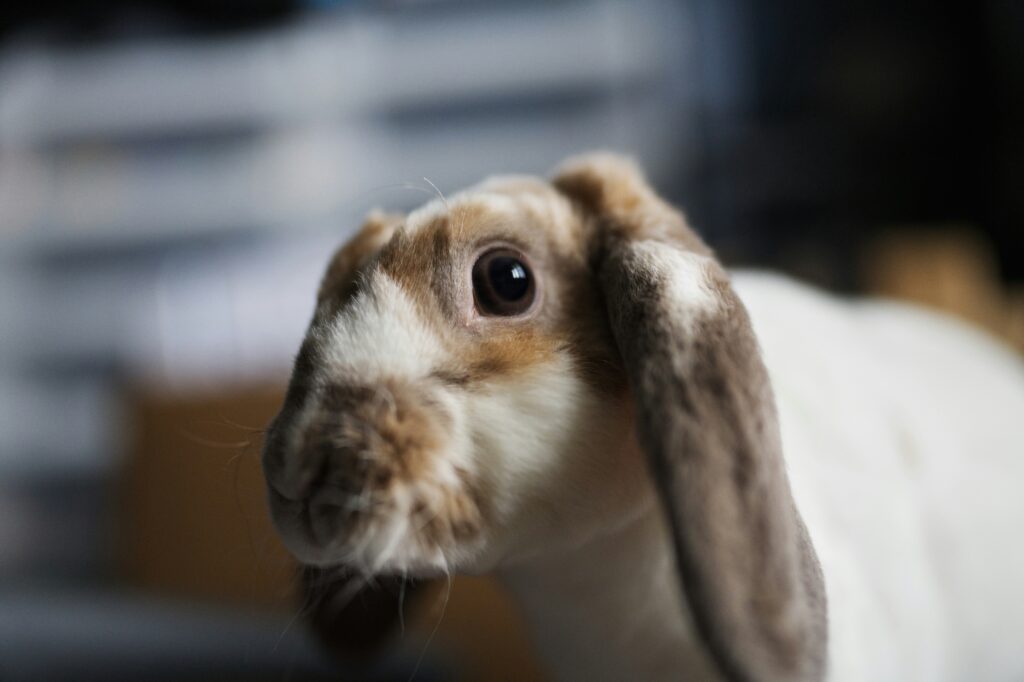
Physical Characteristics
One of the most striking features of the Velveteen Lop is its distinctive ears. Unlike the erect ears of many rabbit breeds, the Velveteen Lop’s ears are long, broad, and drooping, giving it an endearing and whimsical appearance. These lop ears are not quite as long as those of it’s relative, the English Lop, but they ideally measure 15 inches from tip to tip. Now those are some long ears!
In addition to its signature ears, the Velveteen Lop boasts a dense and plush coat that feels like velvet. The coat comes in a variety of colors and patterns, including solid, broken, and shaded varieties. Common colors include black, blue, chocolate, lilac, and tortoiseshell, among others.
The Velveteen Lop is a “semi arched” breed, meaning they are posed with their feet resting flat on the table to show off their shape. When posed like this, they are fairly flat across the shoulders, giving rise to a significant arch over their hindquarters.
Despite its medium size, ranging from 5.5 to 7 pounds, the Velveteen Lop possesses a unique look that commands attention!
Care and Maintenance
Caring for a Velveteen Lop involves providing an environment that meets both their physical and mental needs. Here are some essential care requirements to keep in mind:
- Housing: Velveteen Lops can be housed indoors or outdoors, depending on climate and preference. Indoors, they should have a spacious cage or enclosure that allows them to move around comfortably. Ensure that your enclosure has a solid floor component such as a carpet square for your rabbit to rest on, lowering the risk of sore hocks. Outdoor enclosures should be secure and protected from predators, with adequate shelter from the elements.
- Diet: A balanced diet is crucial for the health and well-being of Velveteen Lops. Their diet should consist primarily of high-quality hay, such as Timothy hay, supplemented high quality rabbit pellets and fresh vegetables in small amounts. Fresh water should be available at all times, provided in a clean water bottle or dish.
- Grooming: Velveteen Lops do not require much grooming compared to other breeds such as Angoras, but regular grooming can help to foster bonding with your rabbit! Brushing them gently with a soft-bristled brush a few times a week can help remove loose fur. Additionally, you should be sure to trim their toenails regularly, every 1 to 2 months. Check out our nail trimming guide here if you are new to trimming toenails! Nail care is especially important for Velveteen Lops because they might sometimes tread on their own ears by accident. This can cause damage if their nails are overgrown.
- Exercise: Like all rabbits, Velveteen Lops are active animals that require regular exercise to stay healthy and happy. Providing opportunities for daily exercise outside of their enclosure is essential. This can include supervised playtime in a rabbit-proofed area of the home or a secure outdoor space.
- Veterinary Care: Regular veterinary check-ups are great for monitoring the health of your Velveteen Lop and addressing any potential medical issues promptly. They will also be able to provide any necessary vaccinations or spay/neuters.
Health Considerations
Velveteen Lops are generally very healthy, avoiding many of the genetic conditions that can cause issues for other breeds. Even so, there are still some general health considerations to keep in mind, as well as one breed specific one (sore hocks).
- Sore Hocks: Velveteen Lops, Mini Rex, and Rex rabbits are especially susceptible to a condition known as sore hocks. This is when the bottoms of a rabbit’s feet become sore and inflamed. These sore feet can lose fur (exacerbating the problem), begin to bleed, and can become infected. A predisposition to sore hocks can be genetic, but it is most commonly seen when a rabbit spends a great deal of time resting on a wire cage bottom, or to a lesser extent when a rabbit often rests on a solid, hard surface. Rabbits with rex coats are especially susceptible to sore hocks because the fur on the bottoms of their feet is shorter than other rabbits.
- Gastrointestinal Stasis: This condition occurs when a rabbit’s digestive system slows down or stops functioning properly, often due to poor diet, lack of exercise, or stress. Signs include reduced appetite, lethargy, and decreased fecal output. Prompt veterinary attention is crucial to prevent complications.
- Obesity: Velveteen Lops can become overweight if overfed or given too many high-calorie treats. Monitor their diet closely and ensure they receive regular exercise to maintain a healthy weight!
- Respiratory Issues: Like all rabbits, Velveteen Lops are susceptible to respiratory infections, especially if kept in damp or poorly ventilated environments. Keep their living area clean and dry and seek veterinary care if you notice signs of respiratory distress such as sneezing or labored breathing.

Conclusion
If you are looking for a medium sized rabbit with unique characteristics, the Velveteen Lop might just be for you! These rabbits are known for their sweet personalities, lop ears, and plush, velvety fur. They are also available in a great assortment of colors, ensuring that there is something for everyone!
Looking for similar breeds?
Check these out!
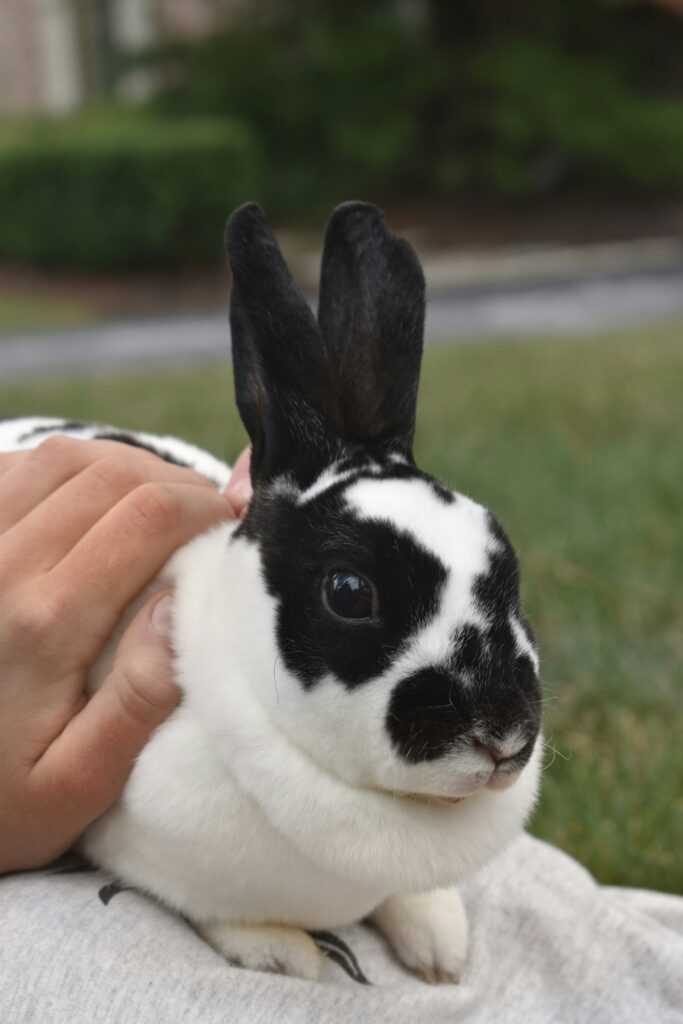
Mini Rex
Mini Rex are slightly smaller than Velveteen Lops, but they share many characteristics, mainly their rex fur!
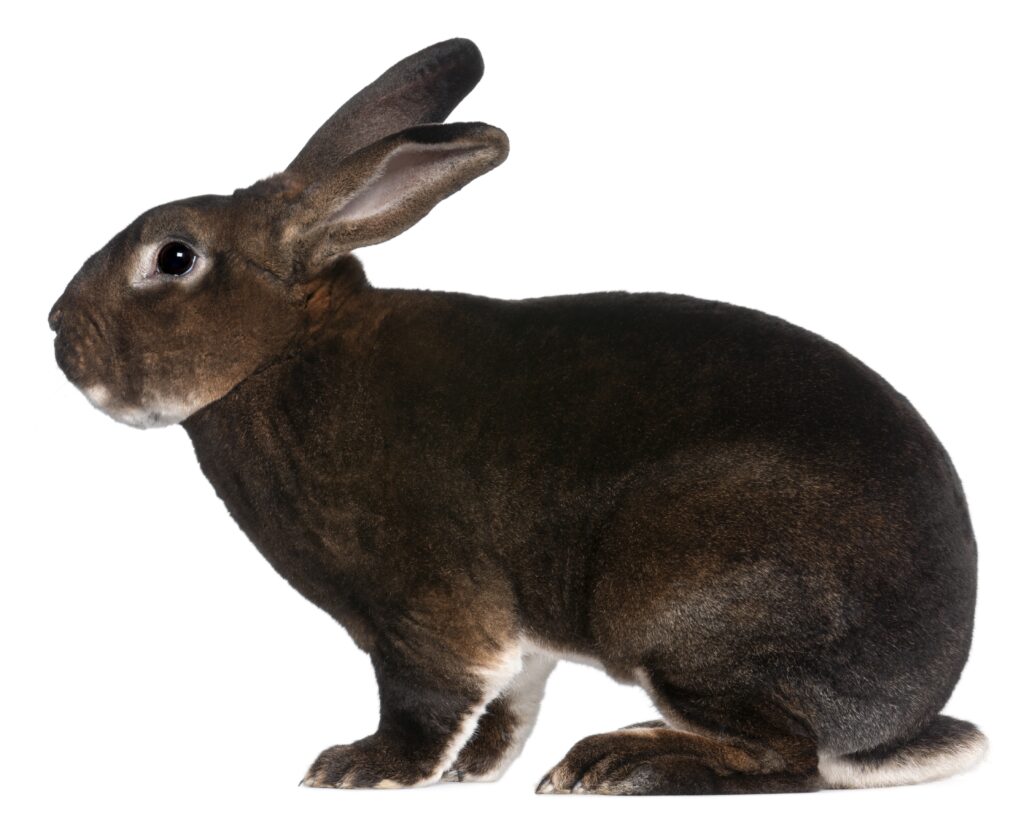
Rex
Rex are larger than Velveteen Lops, but like Mini Rex, they share a rex coat.
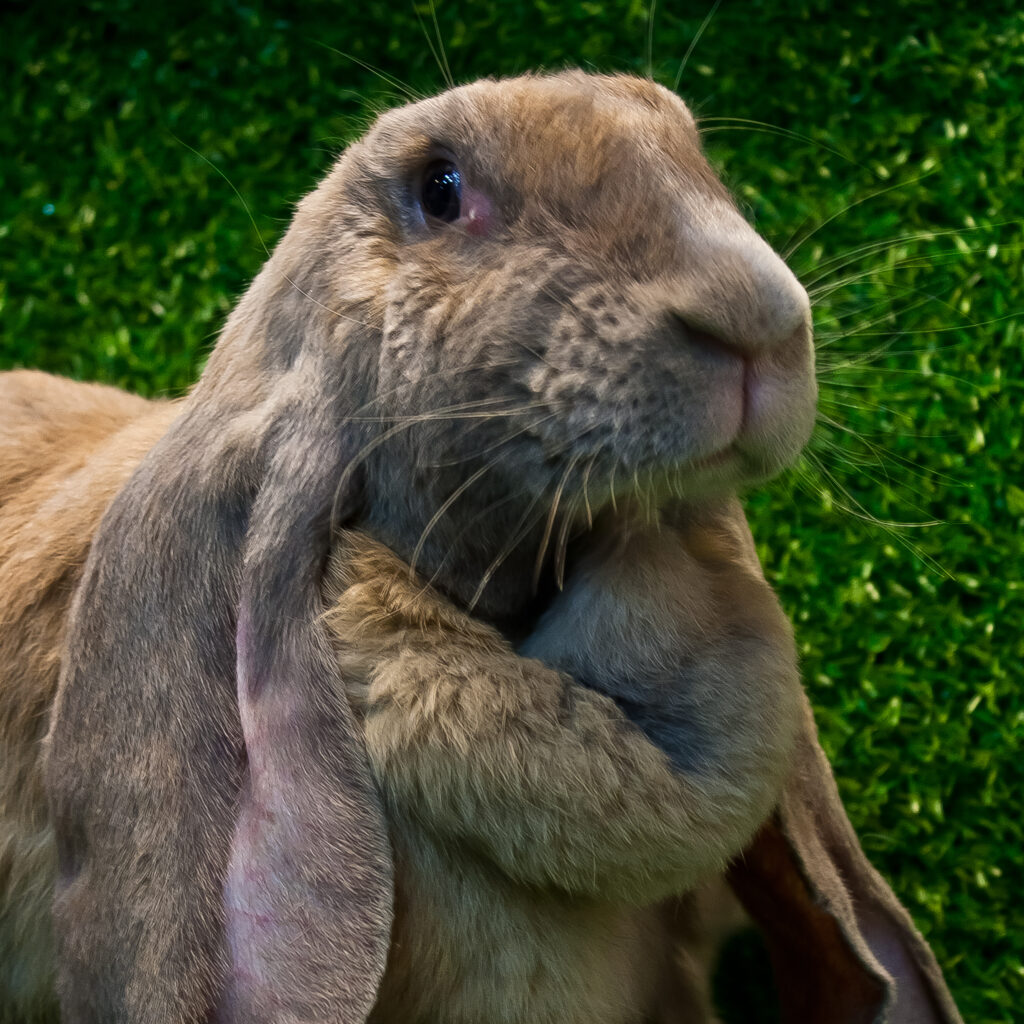
English Lop
English lops are larger than Velveteen Lops, but they share many physical characteristics such as their ears and body shape.
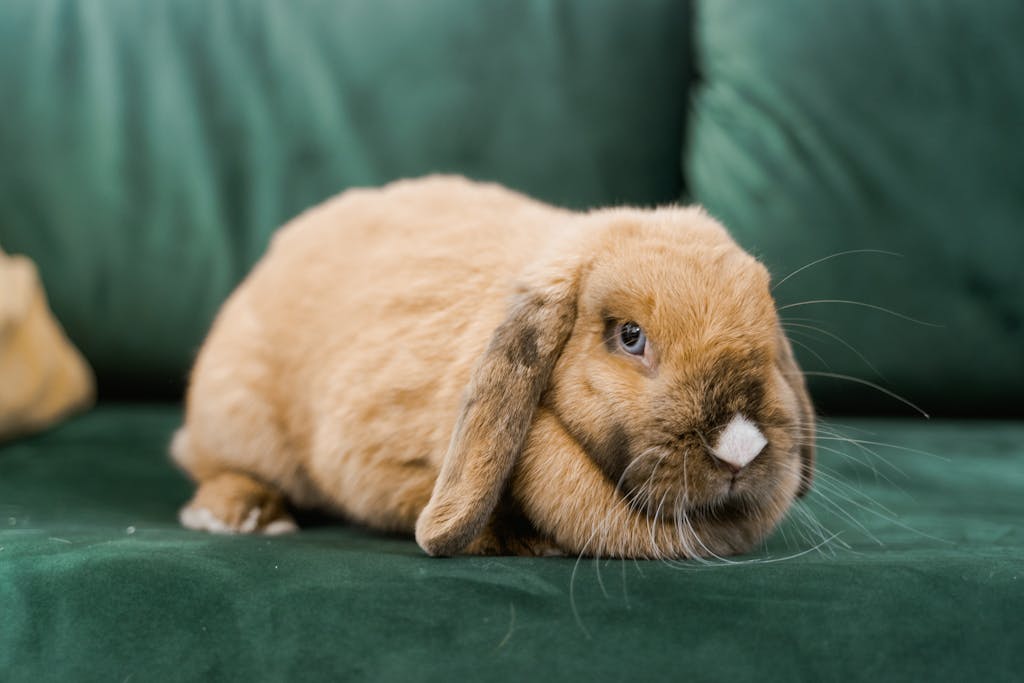
Mini Lop
Mini Lops are a similar size to Velveteen Lops and they also have lop ears.
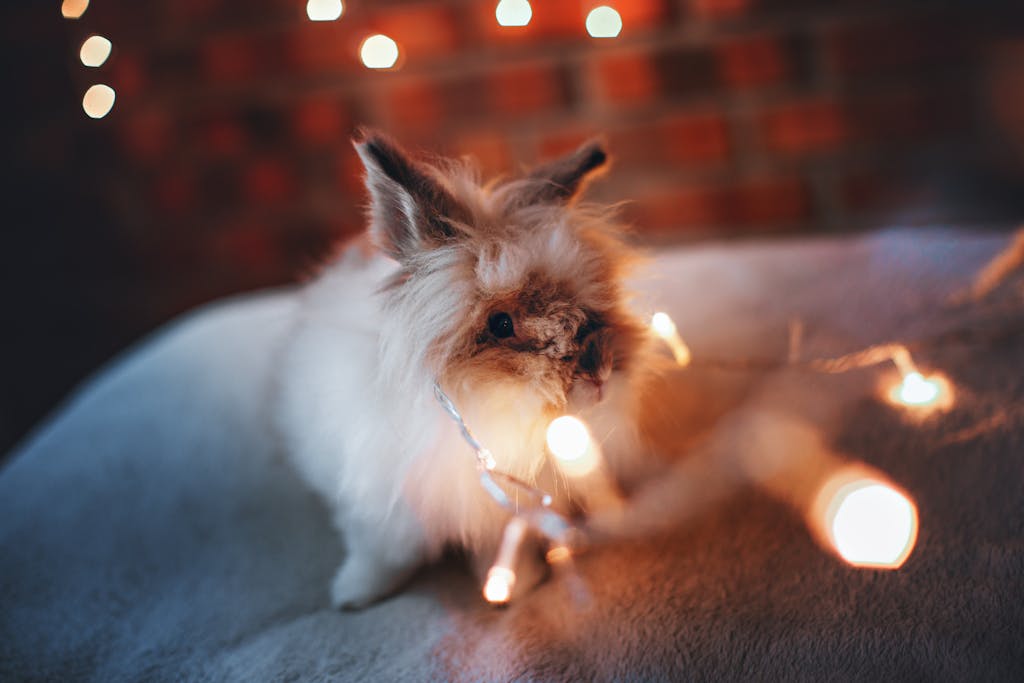
Thumper’s Hideaway
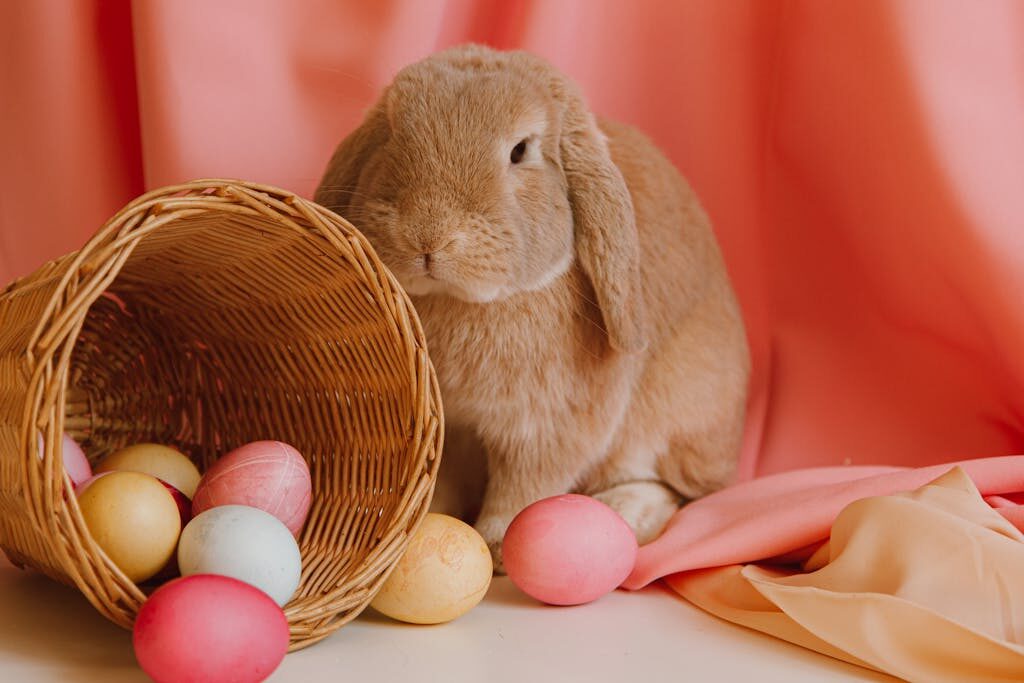
Clover Crest Rabbitry
See a Picture Missing?
Here at Hutch Happiness we want to showcase YOUR rabbits! If you have a photo of a rabbit you would like to share, reach out to me at Emily@hutchhappiness.com. Along with your rabbit photo we are happy to provide a link to your rabbitry website if available.
